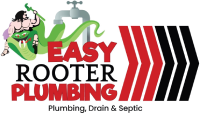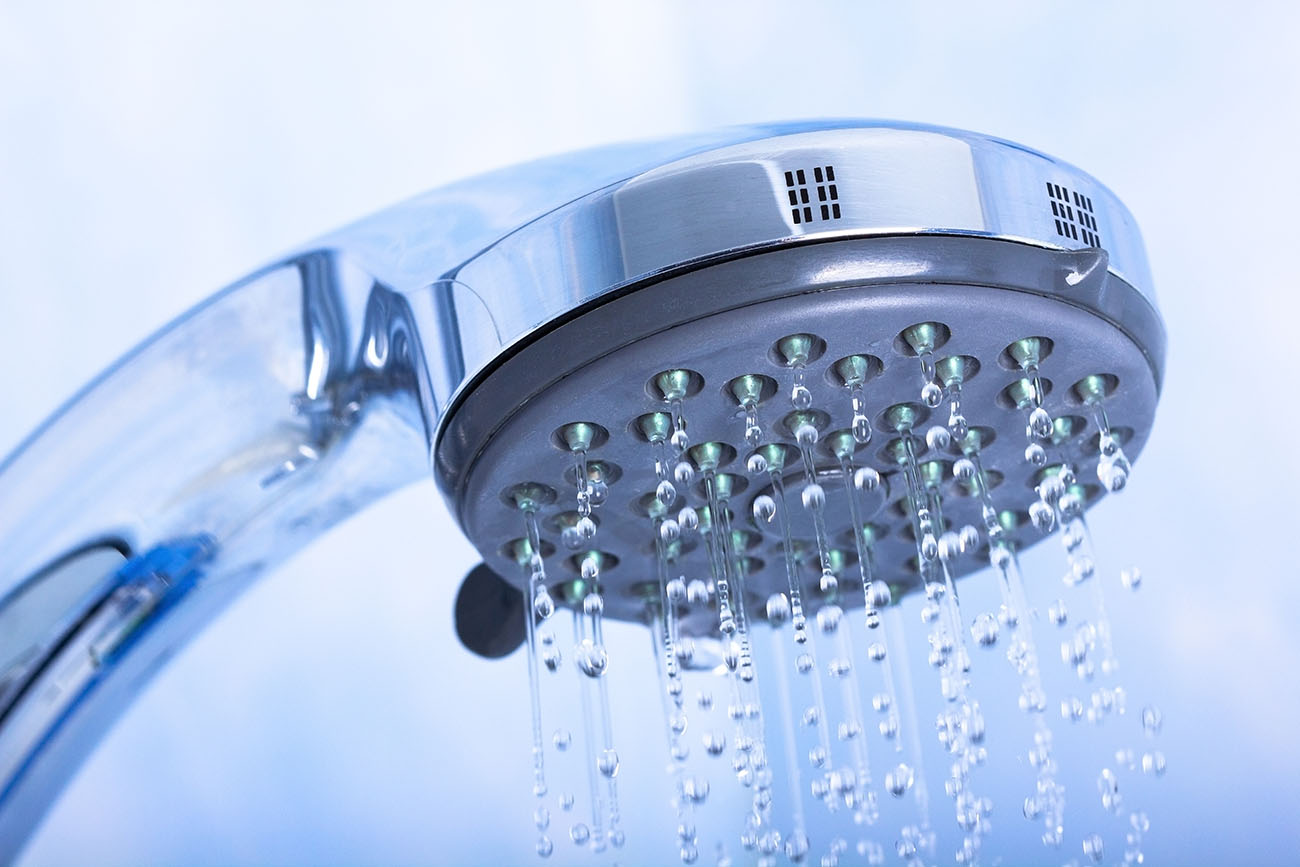How To Increase Water Pressure In The Shower
There's nothing more infuriating than stepping into the shower only to be greeted by a weak, trickling water stream. Low water pressure can turn your refreshing shower experience into a disappointing one. However, before employing an emergency plumbing contractor in Reno NV, consider implementing the steps cited in this blog to troubleshoot and resolve the issue alone. With the following practical and effective solutions, you can increase water pressure without a hitch and enjoy a rejuvenating shower again.
Ways To Increase Water Pressure In The Shower
● Check For Blockages:
Over time, mineral deposits and sediment can accumulate in the small openings of your showerhead, causing reduced water flow. To fix this:
• Start by unscrewing the showerhead from the shower arm.
• Submerge it in a container of white vinegar for a few hours to dissolve the buildup.
• Use a small brush or toothpick to remove any remaining debris gently from the showerhead's nozzles.
• Rinse the showerhead thoroughly with water and reattach it to the shower arm. This simple maintenance can often restore water pressure significantly.
● Inspect The Water Pressure Regulator:
Pressure-reducing valve (PRV) regulates your home's water pressure. You can find this near the main water supply line. If the PRV is too low, you may experience insufficient water pressure throughout your home, even in the shower. Locate the PRV and use a wrench to turn the adjustment screw clockwise to increase the pressure. Ensure to do this gradually and test the water pressure after each adjustment until you achieve the desired level. If you're unsure about adjusting the PRV, consider contacting a plumbing contractor in Reno NV, to handle the task safely.
● Examine The Shower Valve:
A faulty or partially closed shower valve can restrict water flow to the showerhead, leading to low water pressure. Begin by turning off the main water supply to the shower. Remove the handle and faceplate of the shower valve to access the cartridge or diverter valve. Keep your valve components clear of any debris or mineral buildup that may impede the water flow. If cleaning doesn't fix the problem, replace your valve then. For this task, it's best to consult a plumbing repair contractor in Reno NV, to ensure proper installation and functionality.
● Check For Leaks:
Undetected leaks in the plumbing system can cause a drop in water pressure. Inspect the pipes for any visible leaks or water puddles near the shower area. If you find any leaks, repair them promptly by applying a plumber's tape or using appropriate sealants. For more complex leaks within walls or concealed areas, it's best to consult a professional to avoid potential damage and ensure comprehensive repairs.
● Remove Flow Restrictors:
Some modern showerheads come equipped with flow restrictors designed to conserve water. While these are environmentally friendly, they can also contribute to low water pressure. To increase water flow:
• Consider removing the flow restrictor from the showerhead.
• Carefully disassemble the showerhead and locate the flow restrictor, typically a small plastic or rubber piece.
• Remove it and reassemble the showerhead.
• Be aware that removing flow restrictors may lead to increased water consumption.
● Evaluate The Water Heater:
In some cases, water heater issues can trigger low water pressure. Sediment accumulation can disrupt its efficiency and impact water pressure. To troubleshoot this, consider turning off the water heater and draining the tank to flush out any sediment. Furthermore, check the water heater's temperature settings; if it's set low, slightly increase it to improve water pressure.
Conclusion
While low water pressure in the shower can be a nuisance, before consulting an emergency plumbing contractor, endeavor the preceding DIY troubleshooting tips — clearing clogged showerheads, adjusting the water pressure regulator, inspecting the shower valve, checking for leaks, removing flow restrictors, and evaluating the water heater. However, if you've exhausted these solutions and still face low water pressure, don't hesitate to enlist a professional to identify and fix any underlying plumbing issues.

